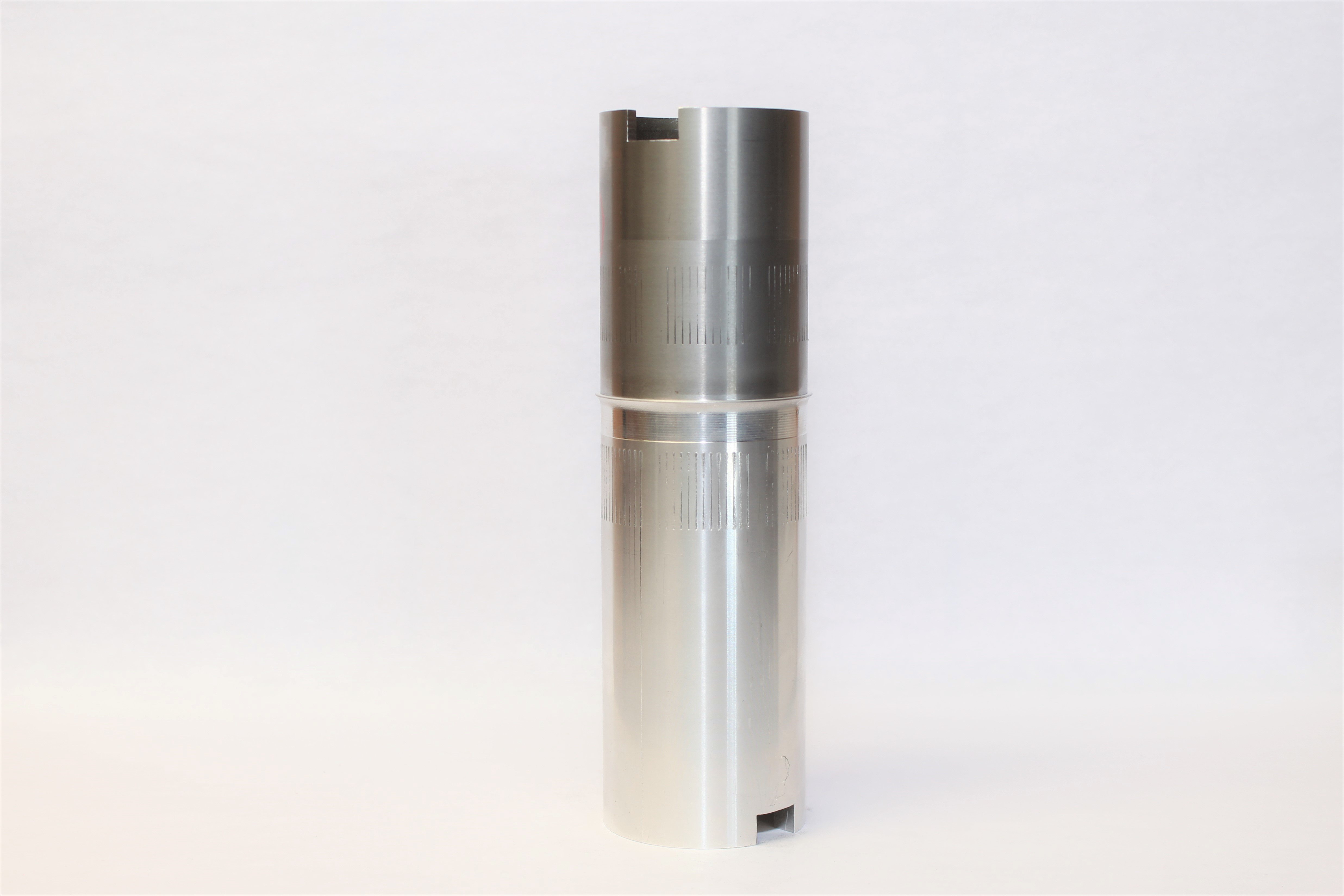
In many ways, the Automotive industry is one of the most diverse and unique industries that MTI serves. Though the projects don't involve sending spacecraft into orbit like some of our Aerospace jobs, the demands of this ever-changing industry keep us on our toes and inspire us to keep thinking ahead.
We have spent decades researching and perfecting automotive joining solutions with traditional friction welding, However, once MTI began utilizing Low Force Friction Welding a few years ago, it challenged us to take another look at these applications to see how they could be further optimized.
In this blog, we will highlight some common automotive applications and explain in which ways they can be improved through Low Force Friction Welding.
AXLES & ELECTRIC AXLES
MTI has plenty of experience successfully joining axles with traditional friction welding. In fact, we even engineer and build a double-ended axle machine, which is designed to weld a complete axle in just one cycle. But even with those proven and reliable successes, we've learned that Low Force Friction Welding could provide even more benefits to this critical automotive application.
Low Force Friction Welding offers faster cycle times over traditional friction welding, which will also be key for electric axles (eAxles) as demand for electric vehicles continues to grow. In one automotive project, cycle times improved by as much as 32%.
Another key benefit of Low Force Friction Welding is improved orientation and angular TIR, which both make for a more precise weld.
Additionally, when welding axles with direct drive friction welding, the OD flash needs to be removed to improve the fatigue performance of the welded joint. With Low Force Friction Welding, we can reduce the amount of upset (material lost) and change the shape of the flash from curls to a bulge, potentially eliminating the need for flash removal altogether.
Even if you do have to remove the outer flash, it will be easier, less complex and less expensive... but the interior flash will have improved fatigue performance. If the fatigue performance is improved in the joint, then it is possible that less material is needed in the assembly to achieve performance targets. This would lead to light weighting capabilities, a major benefit to eAxles.
As a final benefit to axles, post-weld heat treatment could be performed in the machine in an efficient way if it is needed, removing additional steps in the process.
SHOCK ABSORBERS
Shock absorbers can also reap the benefits of the faster cycle times, low upset and elimination of post-weld processing that Low Force Friction Welding provides. The technology allows us to complete a weld without removing the Inner Diameter (ID) flash, which would be an attractive-time-saving step to shock absorber manufacturers.
Preliminary research involving similar welds and geometry has shown improved tensile strength and increased performance in the fatigue tests.
DRIVESHAFTS
Traditional friction welding has also proved to be a reliable joining method for driveshafts, but for reasons similar to those listed above for axles, there are even more opportunities to optimize this application with Low Force Friction Welding.

Driveshafts are commonly joined with both traditional friction welding and magnetic pulse welding. However, Low Force Friction Welding offers the reliability of the former with the orientation control of the latter. Further, the low level of upset suggests minimal to no post-weld processing with this technology.
Plus, Low Force Friction Welding can address the challenges companies experience joining bimetallic driveshafts — specifically, aluminum to 1020 steel joints. Preliminary research using Low Force Friction Welding to join this combination of materials in a tube geometry shows that a high-quality weld can be achieved with very low levels of upset. You can read more about the development here.
PISTONS
Low Force Friction welding has already been successfully employed in the piston manufacturing process, and we have more than 10 machines operating in this market today. Piston manufacturers take advantage of the faster cycle times achieved through Low Force Friction Welding. As mentioned above, pistons take advantage of the 32% reduction in cycle time — a key benefit for high-volume automotive manufacturing jobs.
Plus, for this product, Low Force Friction Welding needs 90% less forge force than traditional friction welding, which results in a smaller machine size and footprint. It also promotes higher orientation precision, and lower residual stresses and smooth flash, which result in a better fatigue performance.
EXPLORING OTHER SOLUTIONS
The applications listed above are simply just a few examples of some automotive components that can see increased benefits with Low Force Friction Welding. Valves, turbochargers, and other parts also have the potential for optimization and are currently being researched.
Ready to see how Low Force Friction Welding can transform your automotive component?
Contact us today to start the conversation.
 MTI UK
MTI UK  FWT
FWT